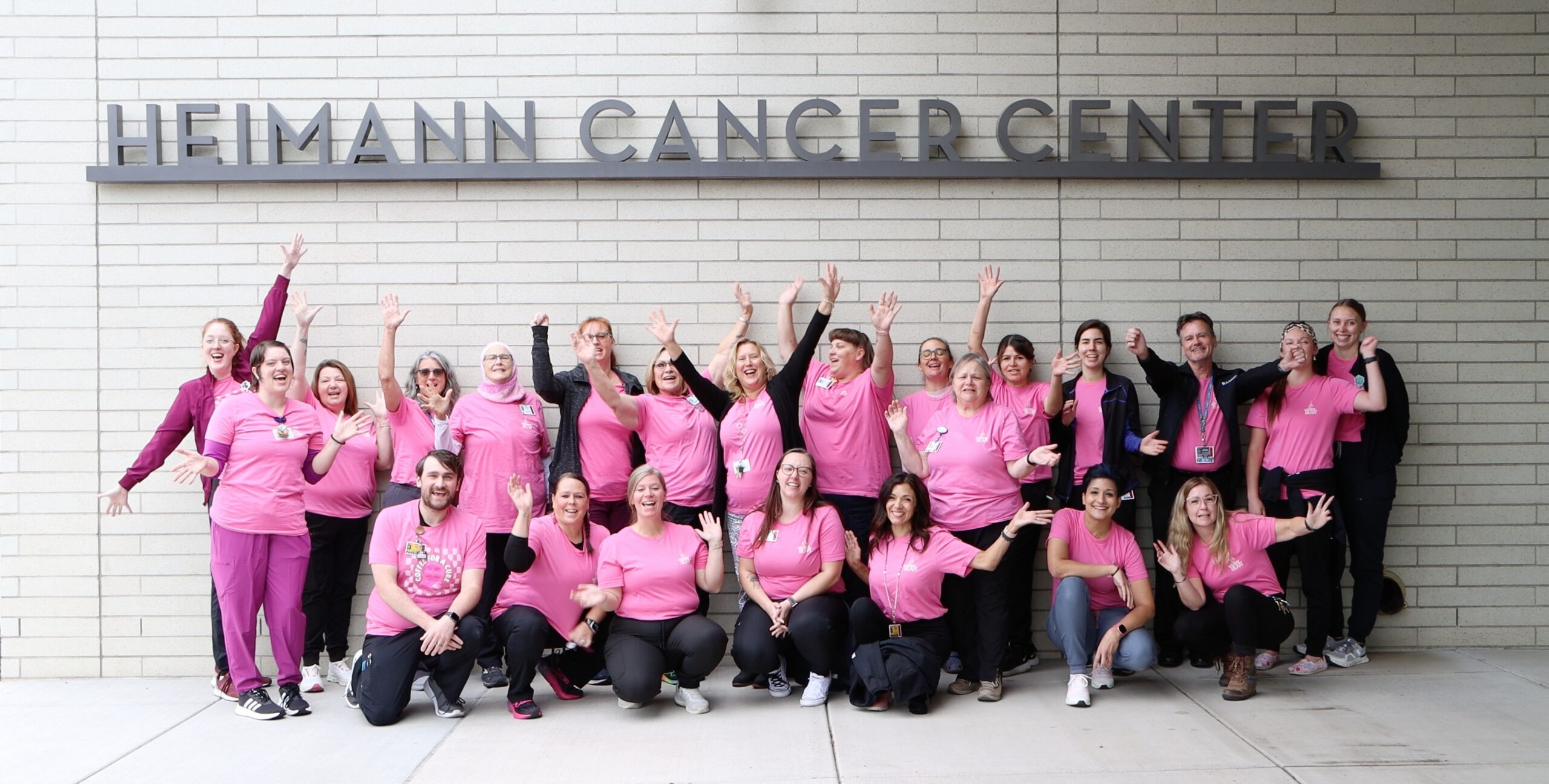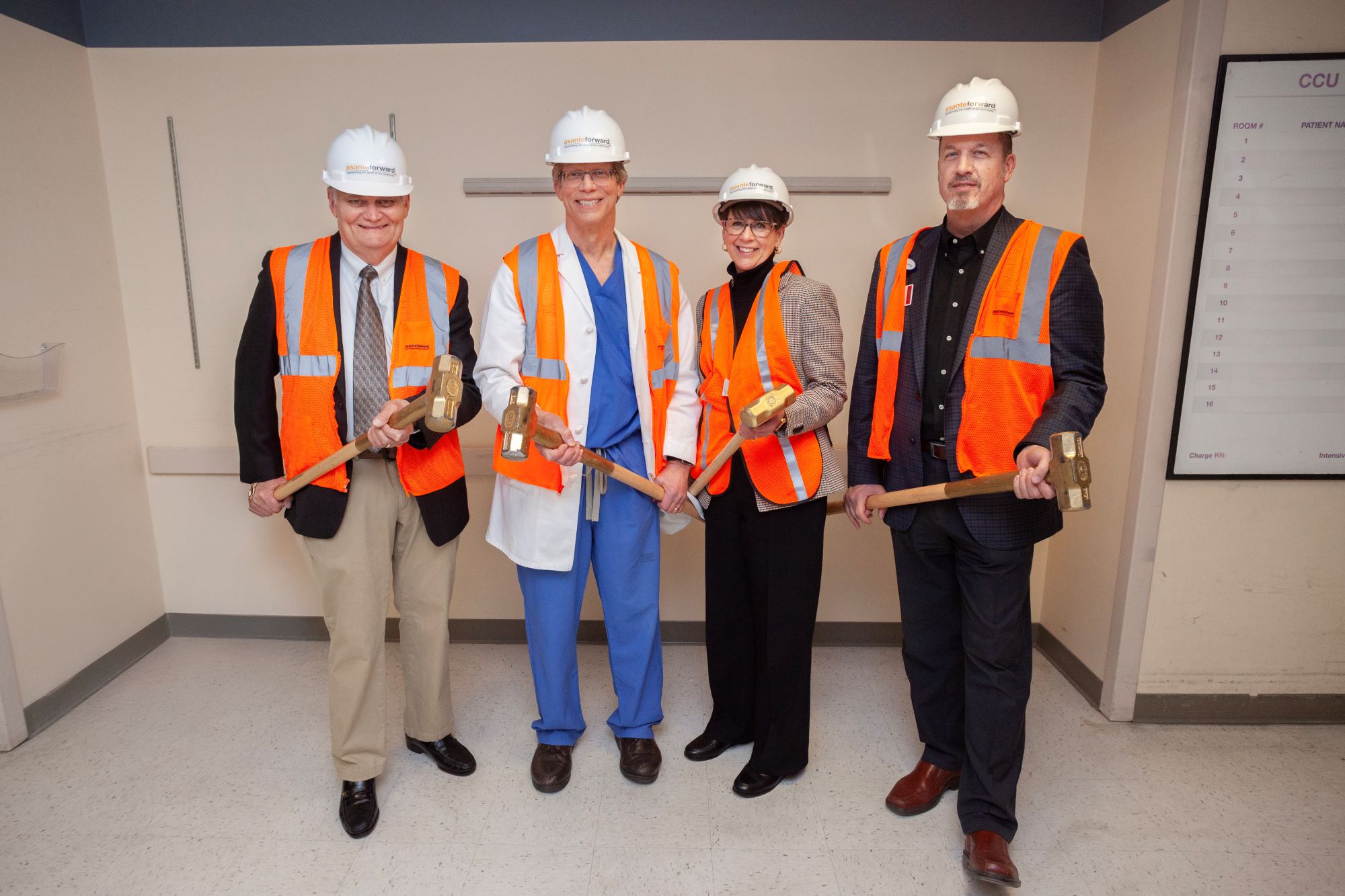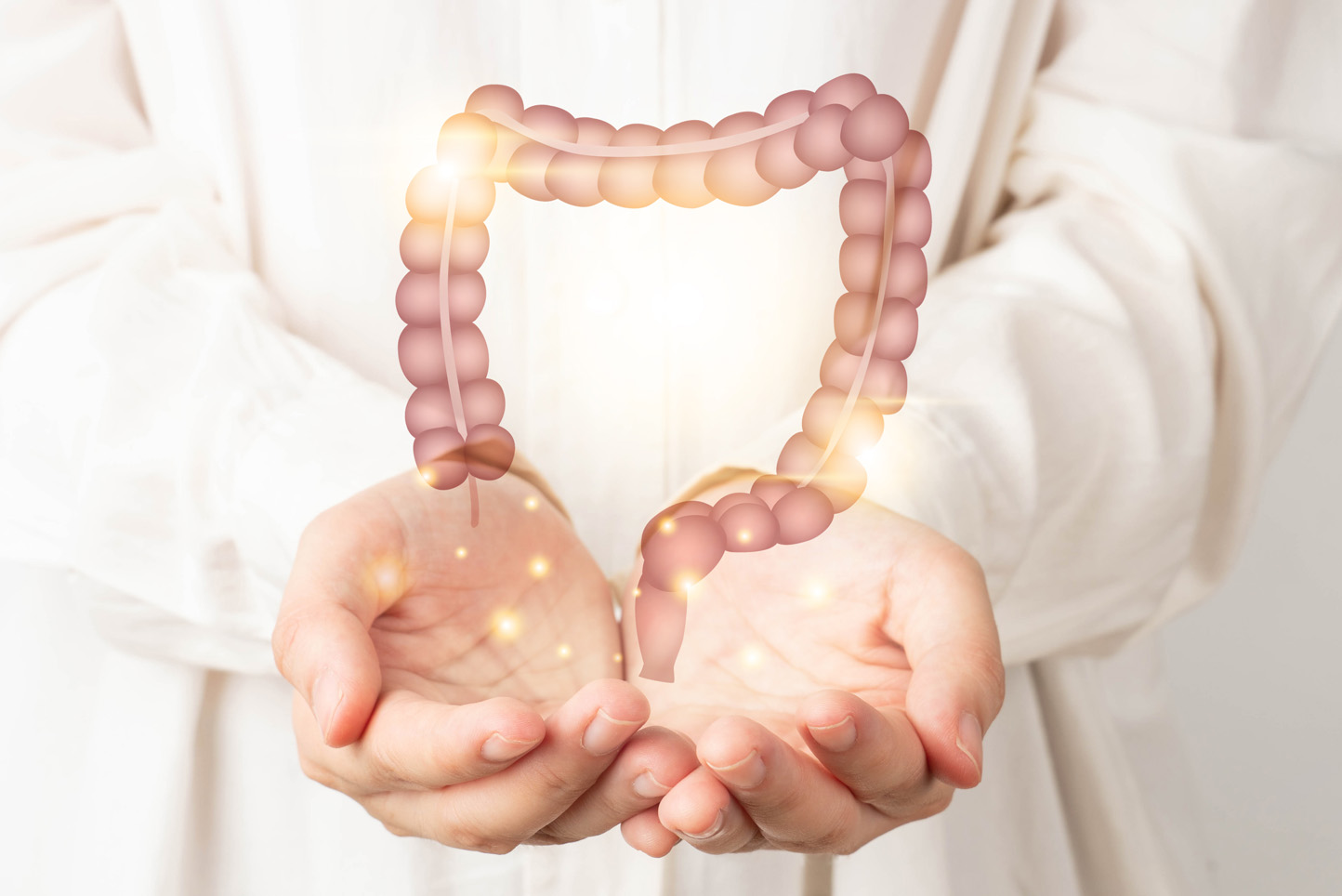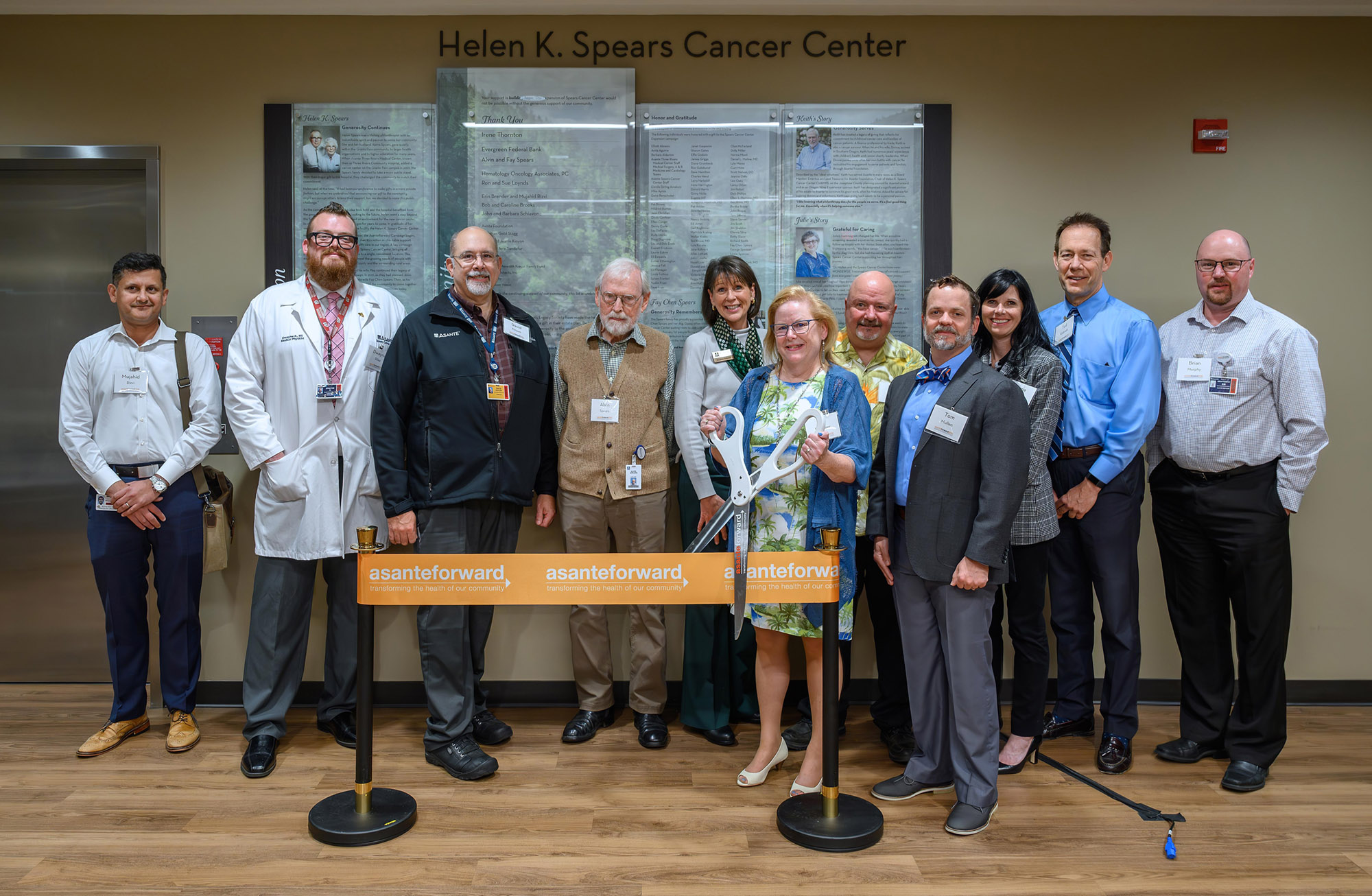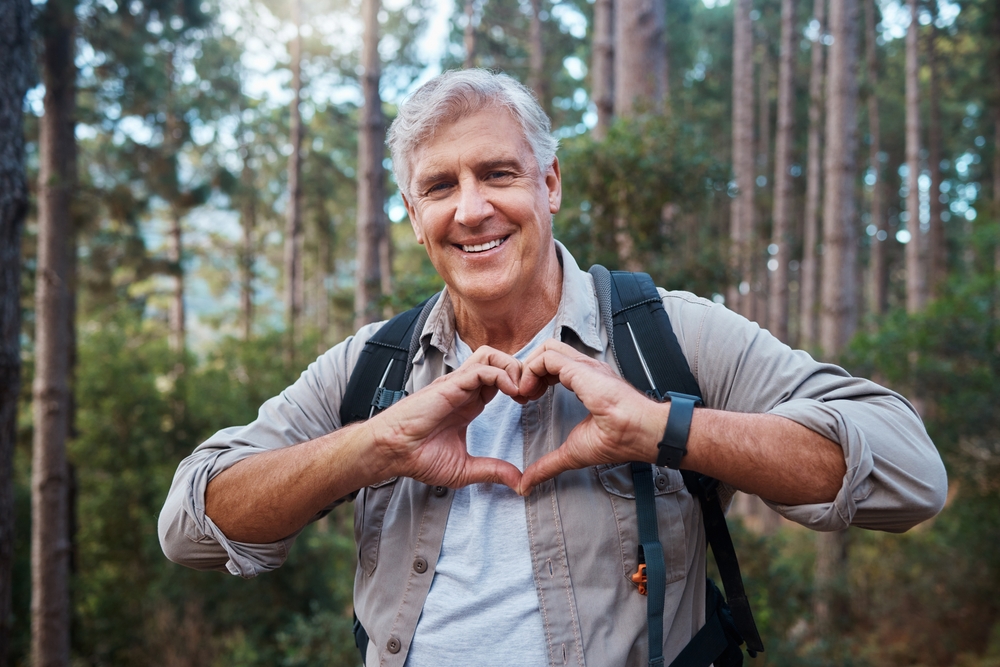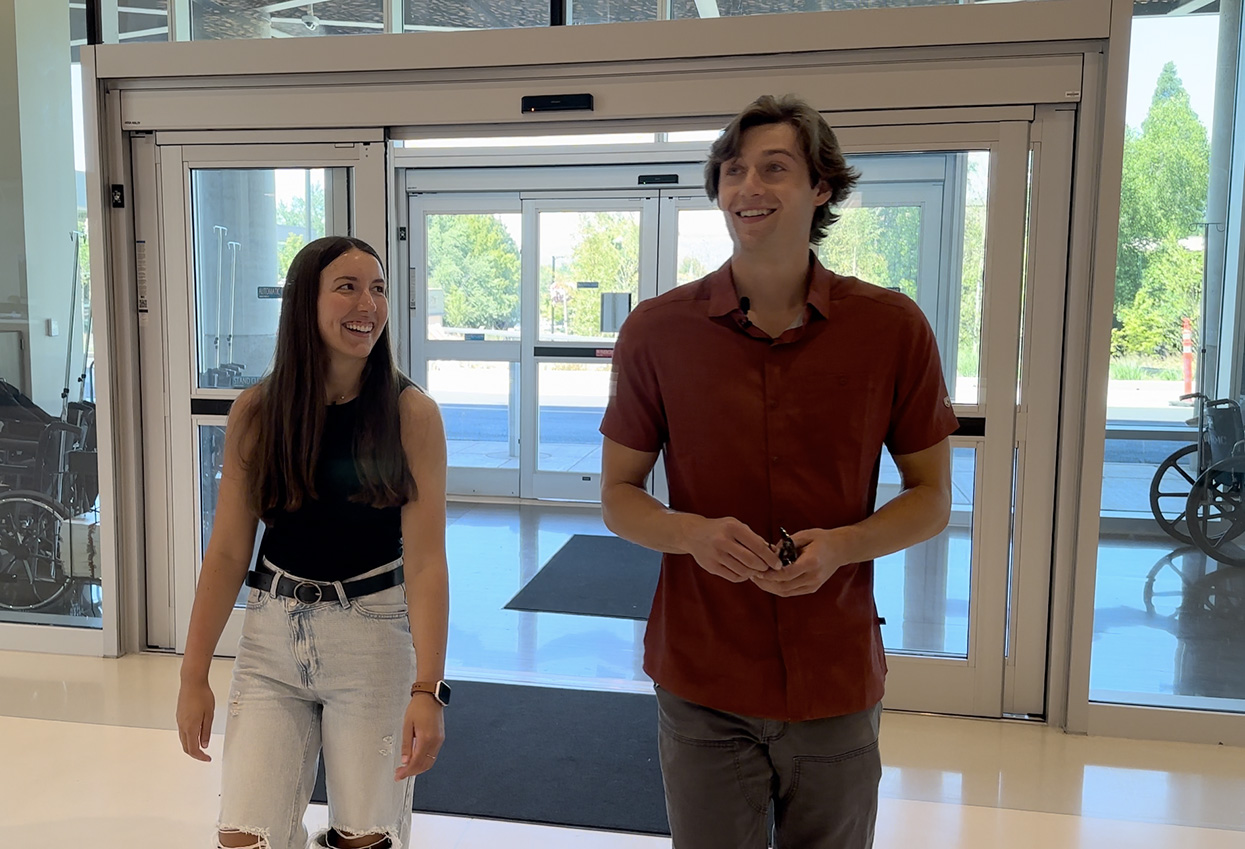We’re having a heat wave. Here’s how to stay safe.
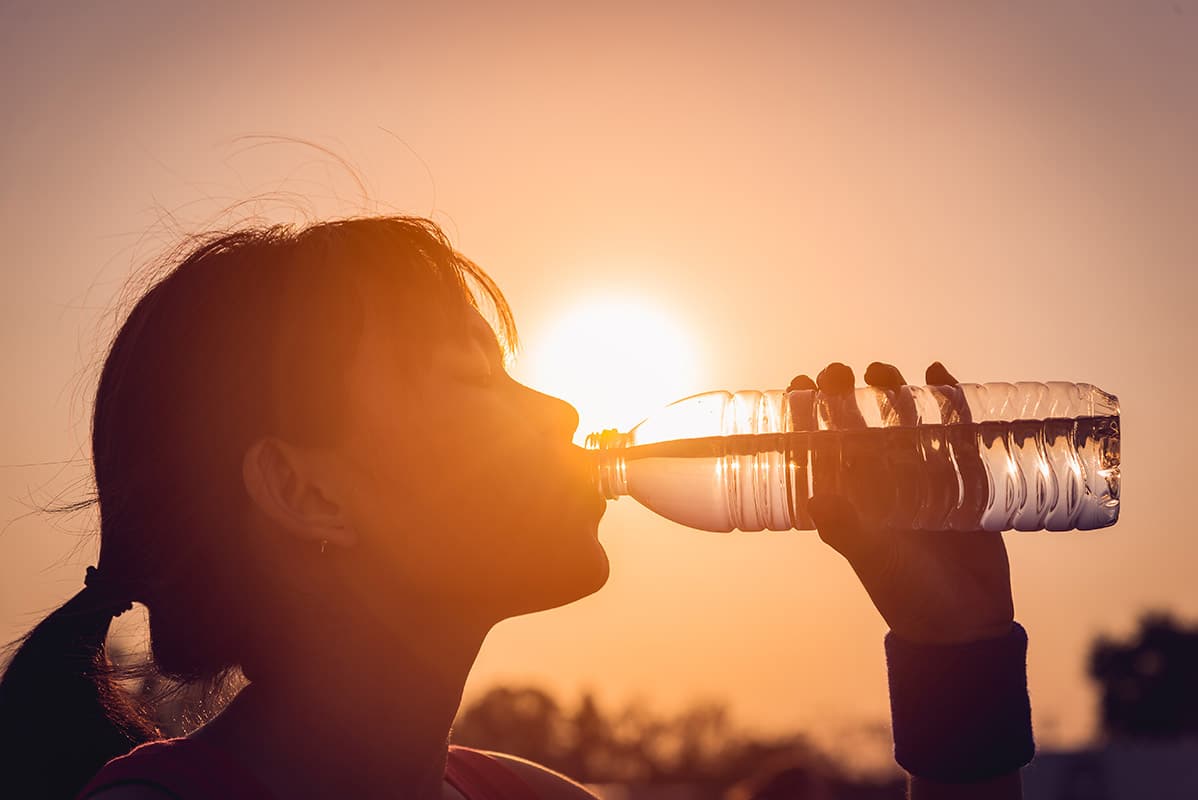
What is heat illness?
There are two main kinds of heat illness. The more severe version is heat stroke, which comes on suddenly and can be fatal. Heat stroke causes the body to shut down from extreme overheating, such as in athletes who push their bodies to the limit in hot weather.
Elderly people are more likely to suffer from heat exhaustion, which is a milder heat illness that builds up over several hours or even days of hot weather, especially if a person doesn’t drink enough fluids.
What are the signs of heat stroke?
Heat stroke signs and symptoms include a body temperature of 104 F or higher; altered mental state such as confusion, agitation or slurred speech; skin that’s hot and dry to the touch; nausea and vomiting; flushed skin; racing heart rate; headache and rapid breathing. Severe heat stroke can result in seizures, coma or even death.
What are the signs of heat exhaustion?
Signs of heat exhaustion include heavy sweating, fatigue, muscle cramps or weakness, dizziness, headache and nausea. Skin may turn pale, cool and moist, and the pulse may quicken yet weaken at the same time. Watch for signs of rapid and shallow breathing as well.
How can I treat heat illness?
If you are worried about your loved one’s risk for heat exhaustion, make sure they’re drinking plenty of cool, nonalcoholic liquids. If you notice signs of heat illness, sponge them with cool water and call the doctor’s office for any special instructions.
Monitor their body temperature until it is below 101 F. If at any point they become unresponsive, or show signs of heat stroke, call for emergency medical help.
How do I prevent health illness?
The best prevention is to make sure you have a cool place to stay. Install air conditioning if you can or make plans to stay with relatives if their house is cooler. At the very least, run fans, take cool baths, drink lots of water and avoid exerting too much energy during hot weather spells.

